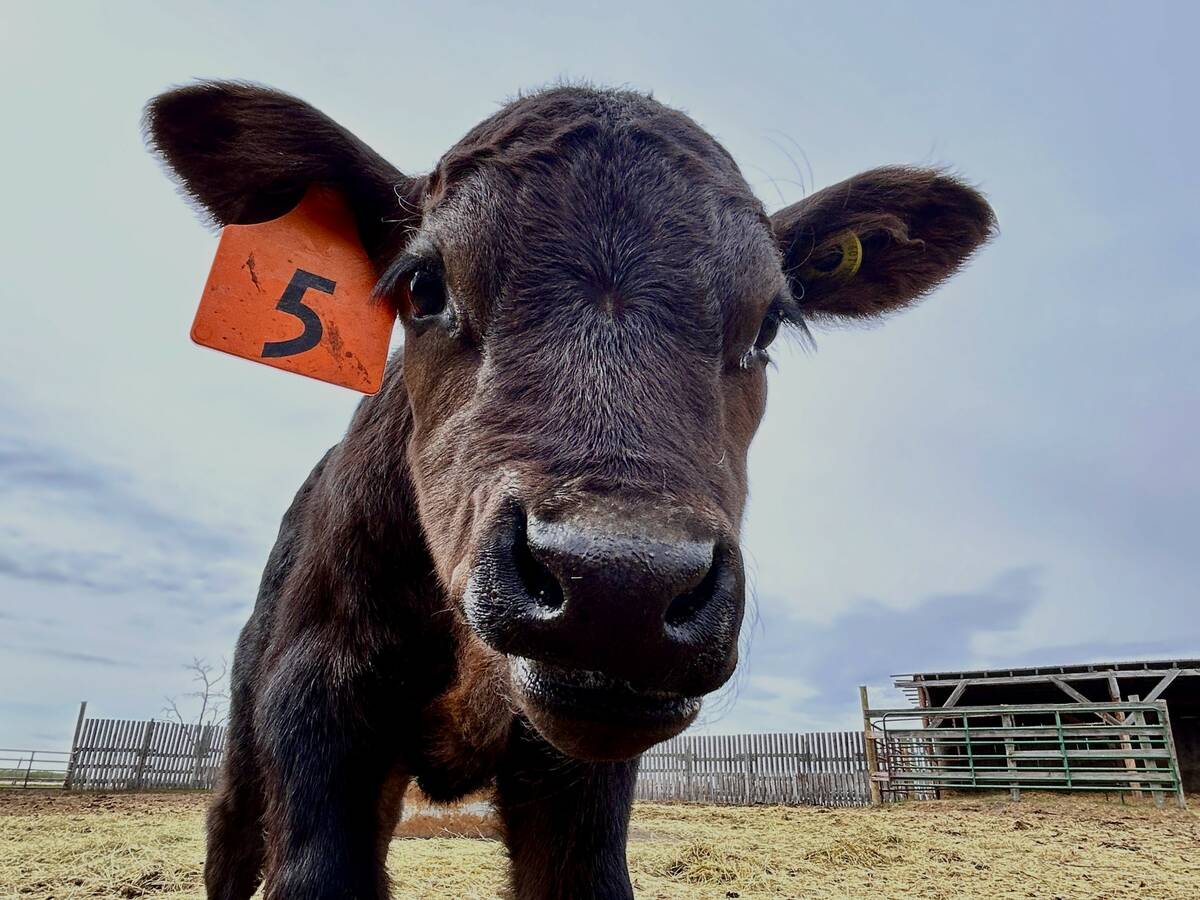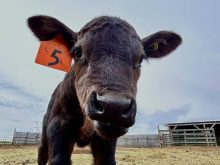As much as 40,000 tonnes of fresh and frozen beef from the United States is floating in limbo since a number of countries banned the product Dec. 23.
Following the announcement of a single case of bovine spongiform encephalopathy in a U.S. dairy cow, Canada was the only trading partner willing to accept a limited selection of boneless beef from cattle under 30 months of age. Canada will also accept U.S. live cattle destined for immediate slaughter, dairy products, semen and embryos and protein-free tallow.
The U.S.’s major trading partners, Japan and South Korea, immediately suspended trade and left the Americans to deal with meat in transit.
Read Also

Calf hormone implants can give environmental, financial wins
Hormone implants can lead to bigger calves — reducing greenhouse gas intensity, land use intensity and giving the beef farmer more profit, Manitoba-based model suggests.
Australia, Taiwan, Singapore, Malaysia, Russia, Mexico and China joined the ban.
Following the announcement, a U.S. delegation immediately travelled to Tokyo in hopes of convincing Japanese authorities that American beef is safe.
“The reality of this issue is that there are short and long-term actions that must be taken to re-establish the United States as the world’sNo. 1 beef exporter,” said Phil Seng, chief executive officer of the U.S. meat export federation in a statement Dec. 31.
The federation is responsible for promoting international red meat exports. It estimates 1,800-2,000 containers of beef and beef products left the U.S. prior to the announcement. The beef’s estimated value is about $200 million and no international customers are willing to accept it.
The infected animal was killed in a small Washington state plant. The facility was not approved under the beef export verification program and can only distribute to a limited region. The federation argues the risk to human health in the U.S. is extremely small and nonexistent for trading partners.
In 2003, the U.S. was on track to sell beef and beef products valued at more than $3.5 billion, with expectations of five to seven percent growth in 2004. The U.S. exports about 10 percent of its total production. Japan is its best customer taking a third of the U.S. offering. Mexico and South Korea take 23 percent each and Canada takes about nine percent.
When the Americans were shut out of the Asian markets, beef prices in retail and food service outlets rose almost immediately, said a spokesperson for the Canada Beef Export Federation.
Beef prices were already increasing because of a short supply. Australia and New Zealand have moved in to replace the lost North American products, said Lottie Elsgaard of the Canadian federation.
A survey among beef buyers is under way to measure the extent of the inflated prices, she said.

















